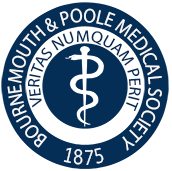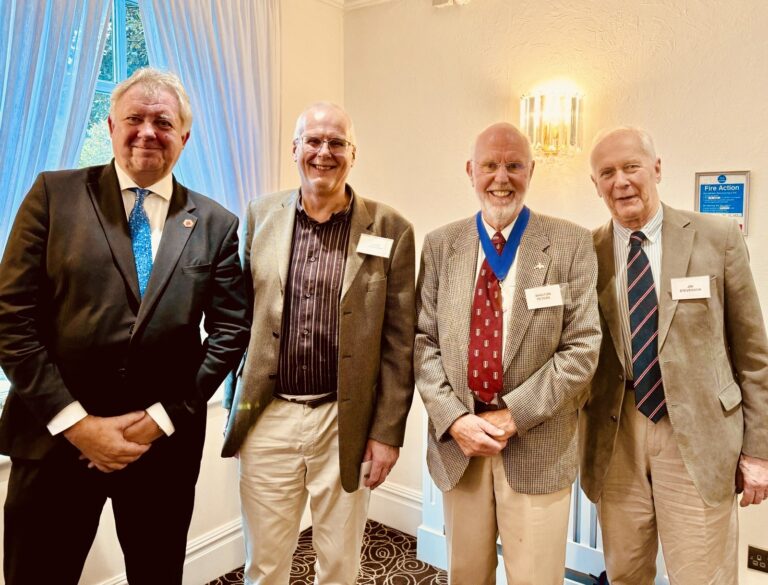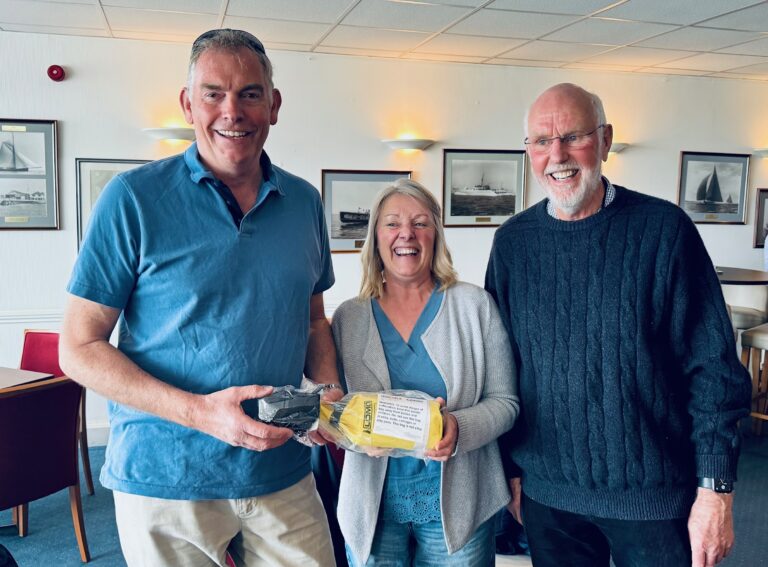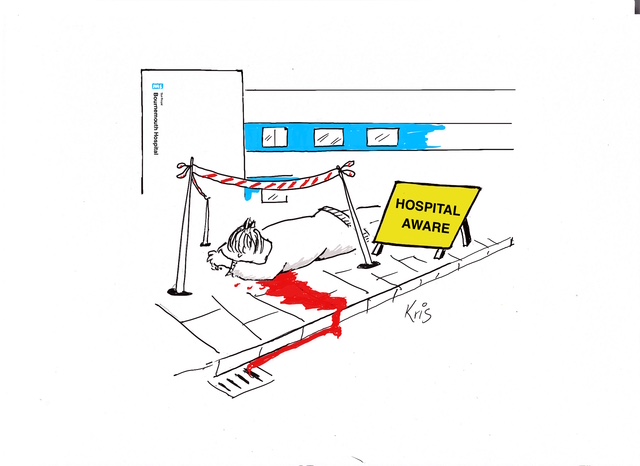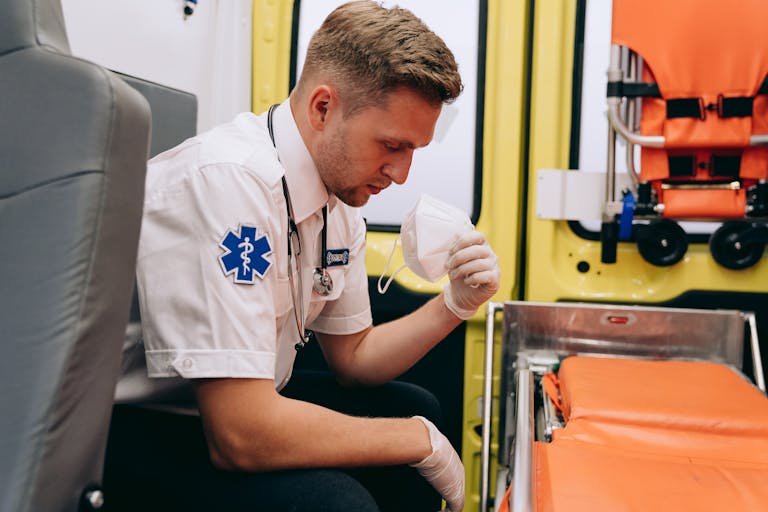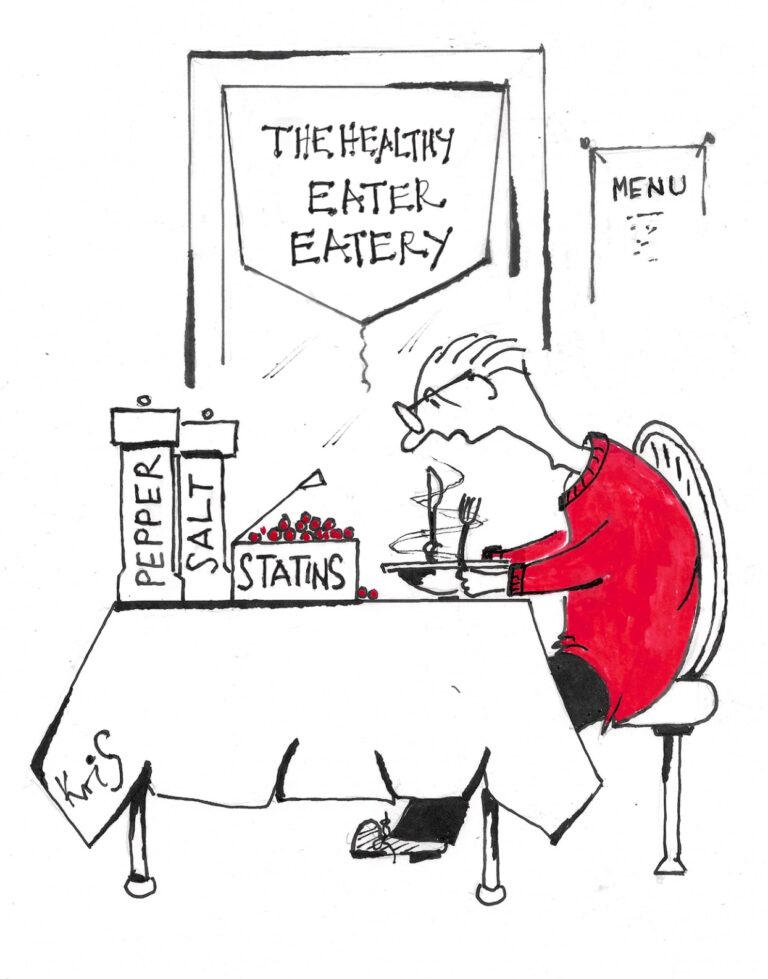DR RONALD FISHER, ANAESTHETIST AND HOSPICE PIONEER
By Dr M A Skivington
Consultant Anaesthetist, Royal Bournemouth Hospital
Dr Ronald Albert Fisher was born on 3 June 1917 and educated at Herversham School, Cumbria, Downing College, Cambridge and the Middlesex Hospital, London, qualifying in 1943. He then became a Surgeon Lieutenant in the Royal Navy, first on convoy duties in the Westem Approaches, then in Russian waters, Gibraltar and Java, becoming medical officer in the port of Surabaja in 1945-46. On returning home he commenced a career in anaesthetics, taking the DA in 1947 and later becoming Senior Registrar at the Royal Victoria Hospital, Boscombe.
In 1953 he was appointed Consultant Anaesthetist to the Bournemouth and East Dorset group of hospitals, the first appointment to the group of an anaesthetist who had received a recognised training in the specialty. Until that time all anaesthetics had been given by general medical practitioners on a part-time basis. He became a Fellow of the recently formed Faculty of Anaesthetists of the Royal College of Surgeons in 1954. He became Head of Department and then Chairman of the ‘cogwheel’ division. He was a member of the Medical Advisory Committee, which in turn became the Medical Executive Committee, serving as Chairman of that committee for six years. He was also a member of the Hospital Management Committee for 11 years, representing the eastern end of the district.
Fisher was the second Clinical Tutor to be appointed in the Wessex Region, the first being another anaesthetist, Dr Argent of Portsmouth. The post in those days was associated with London University. In his role as tutor he raised money to build the post graduate medical centre at the Royal Victoria Hospital, Boscombe, the Wessex Regional Hospital Board matching his fund-raising pound for pound. This was an early example of Dr Fisher’s knack for fund raising which was to prove invaluable in years to come. Among colleagues appointed by Dr Fisher when chairman of the Anaesthetic Division, were David Morris whom he supported in setting up the first NHS-funded chronic pain clinic in Wessex in 1966, and David Benazon whom he involved in starting an intensive care unit in 1965.
As Chairman of the Medical Executive Committee and a member of the Regional Medical Committee he saw the rivalries between specialties, and between Bournemouth and Poole as undesirable, and worked to improve relationships. Much of the problem in his opinion related to availability of beds. Shorter in-patient stays would have contributed to an easing of this pressure but at least part of the problem was the number of dying patients who occupied beds for relatively long periods. During a meeting with the physicians at the Regional Board, John Revans, Regional Medical Officer, made the passing remark: What you need is a Terminal Care Unit. This started Dr Fisher thinking.
The Hospice – old concepts, new ideas
Hospices have been in existence since the 4th century AD and have often been linked with religious foundations. St Joseph’s, Hackney, was founded in 1905. It was run by the Irish Sisters
of Charity, whose founder, Mother Maria Aikenhead, had opened her first hospice for the dying in Dublin in 1879.
St Christopher’s in South London, a charitable foundation caring for patients with advanced malignant disease, run by Dr (later Dame) Cicely Saunders, had opened in 1967. Ronald Fisher met Dr Saunders and invited her as a speaker when he was President of the Bournemouth and Poole Medical Society. He determined to set up a hospice on an NHS hospital campus, the first within the state system. Some of the support for what was initially seen as a ‘terminal care unit’ came from those who saw the opportunity to rationalise bed usage. Although in 1972 the minutes of an Anaesthetic Divisional meeting referred to ‘the terminal care unit’, Dr Fisher’s own vision was somewhat wider. He felt that hospices should not just be for cancer, nor should they be purely terminal care units. There should be a strong element of rehabilitation. Respite care should be provided for the sake of relatives, as cancer is a disease with effects on families as well as victims. Day care facilities should be provided. Care should be taken into the home. Every patient would have an initial home visit. A home care sister would make a return visit bringing any prescribed drugs the next day. An aphorism of Fisher’s was: ‘Care of the dying is care of the living’.
Dr Fisher spent periods at St Christopher’s, at St Anne’s independent hospice in Manchester and at a Marie Curie unit studying their different methods, and evolving his philosophy for the proposed unit at Christchurch. The unit should have its own character. He considered St Christopher’s to be ‘too religious’ but the religious aspect was not to be ignored. The post of chaplain was very important. Talking and listening, love and hope were vital. A garden was an essential part of the hospice: ‘Capture as many moments of the patient’s day as possible’, and window sills should be low so the garden could be seen.
Good modern scientific medical and nursing care were to be the basis for the unit but humanity was to shine through. Realistic hope (little miracles) should be offered, as should expertise in symptom control, counselling, drugs, social and spiritual care and, very importantly, the time to listen. Listening was to be supplemented by information obtained with the other senses: ‘Listen with the eyes as well’. A phrase of Shakespeare’s – ‘give sorrow words’ – was also to express the philosophy of the unit. The quality of life was to be of prime concern and sometimes out of this would arise an increased quantity of life.
There were those who had doubts. Cicely Saunders did not think a hospice on an NHS campu would work. Some GPs and district nurses did not see the necessity. Senior nurses wer concerned about the increased nurse/patient ratio required. It took time for the concepts to b understood. The Regional and District authorities however encouraged the idea, and suppo came from those colleagues who saw the unit as a method of introducing more appropriate use acute beds.
Financing the new unit – Cancer Relief Macmillan Fund
The unit cost about £150,000 (roughly £1,250,000 in modern terms). Here Ronald Fisher’s & for fundraising came into its own. The League of Friends of the Royal Victoria Hospi contributed a third of the total, and Fisher raised a similar amount from the public, through a committee which included members of the local branch of the National Society for Cancer Relief. his Society was formed in 1911 by Douglas Macmillan, a civil servant whose father had suffered a distressing death from cancer. At the time of the planning for the Christchurch unit the chief executive of the National Society for Cancer Relief was Major Henry Garnet, and Fisher approached Garnet for support.
Until that time the National Society for Cancer Relief had provided funding for nursing care for the dying, some cash grants to patients, and in 1970 had given money towards independently funded hospices such as St Anne’s in Manchester and St Luke’s in Sheffield. They had not previously put money into NHS buildings. Di Fisher persuaded Henry Garnet to change this policy, and the National Society for Cancer Relief agreed to donate the remaining £50,000 required for setting up the new unit. Garnet suggested that the hospice should be named after the founder of the National Society for Cancer Relief, Douglas Macmillan and so its name became the Macmillan Unit. It was not until 1988 that the Society incorporated Douglas Macmillan’s name into their own title, becoming Cancer Relief Macmillan Fund.
Financial independence of the Christchurch unit was guaranteed when Dr Fisher set up the Macmillan Cancer Trust, a local fund with Dr Fisher as founder Chairman and Charles Hall, a local business man as administrator. The inaugural meeting of trustees of the Macmillan Unit was held on 28 August 1974. The Duchess of Roxburghe, chairman of the National Society for Cancer Relief, laid the foundation stone of the new unit on 18 May 1973. The Macmillan unit was opened on 24 February 1975 and Dr Fisher remained its director until his retirement from the NHS in 1982.
The opening of the in-patient facility of the Macmillan unit was preceded in January 1975 by the appointment of three home care sisters, Jenny Penson, Penny Mogg and Margaret Rapson. After a short time, Margaret Rapson took over the ward and was replaced on the home care team by Ann Newbury. Penny Mogg is now the sister in charge of the acute pain service at Bournemouth.
Like Dr Fisher, these first Christchurch home care sisters spent time at St Christopher’s before taking up their posts, and they became the forerunners of the Macmillan nursing service. There are, however, subtle differences between the service set up and still running at Christchurch, and the Macmillan nurses. The home care sisters from the Macmillan unit work with the consultant in charge of the unit and form part of an integrated team including physiotherapists and social workers, whereas Macmillan nurses are responsible to the senior nurse in charge of district nursing services and are attached to general medical practices. The Christchurch home cae sisters are NHS funded whilst at least initially, Macmillan nurses are funded from Cancer Relief Macmillan Funds.
As well as inpatient and home care, a third element is day care. This has become of increasing importance since the Community Care Act, and is of particular value in providing relief for hard pressed caring relatives. St Luke’s hospice run by Dr (later Professor) Wilkes and the Christchurch Mamillan unit, pioneered day case care at about the same time (1975-1977).
Penny Mogg and Jenny Penson visited St Luke’s, increasing the cross-fertilisation of ideas.
Initially, patients were invited to ‘come to lunch’ on the unit. Care such as dressings, provision of company (the loneliness of the cancer patient) and occupational therapy could then be provided and the progress of the patient’s disease could be monitored.
Education
As the Macmillan unit developed, aspects of Dr Fisher’s philosophy became clearer. Education was to play a pivotal role. An education centre was built as part of the unit.
Much of the teaching was aimed at district nurses, stressing good pain control using regular medication and the analgesic ladder. Good home care in turn took the load off the hospital. One-week courses were run by Dr Fisher in Cambridge for European nurses and, later, a series of seminars for Macmillan and district nurses sponsored by Napp (the manufacturers of MST). These are now run by Dr Tim Hunt of Cambridge. Ronald Fisher and Jenny Penson produced a book Palliative Care for People with Cancer. Its second edition was published in 1995. At the time of writing this paper, another is with the publishers – Palliative Day Care – by Ronald Fisher and Pearl McDaid.
The NHS authorities asked Fisher to join a Council of Europe commission on ‘Dying People’ which was based in Strasbourg from 1977 to 1980. He became chairman of this group, and after his retirement from the NHS he became Honorary Consultant to the National Society for Cancer Relief and a member of its Executive Committee, visiting other units and lecturing at post graduate medical centres throughout Britain. His Justice of the Peace training helped when a
‘trouble shooter’ was required, as he had learned to listen before giving advice. The group of National Society for Cancer Relief experts which he headed became known as ‘Ronnie’s Circus’.
The Governor of Gibraltar invited Dr Fisher to advise on setting up a day care unit, and he visited and lectured in Malta, France, Belgium and Canada. The hospice at the Riverside hospital in Columbus, Ohio was founded by oncologist Dr Warren Wheeler and nurse Libby Bradford.
Fisher was invited to open this hospice, the first in the USA, and when Ms Bradford died of cancer herself, he was invited back to deliver the first Libby Bradford Memorial lecture.
Conclusion
How has the vision of Dr Fisher and other pioneers in the hospice movement been realised, since the foundation of the Christchurch Macmillan unit in 1975? A consultant radiotherapist, Dr Robert Dickson, from Mount Vernon Hospital, and Di Robert Twycross from Oxford, were early visitors to the Christchurch unit and they set up two hospices within the NHS within two or three years. Other visitors followed, and there are now some 14 purpose built hospices within the NHS.
Palliative care has been recognised as a specialty by the Royal College of Physicians, and its provision has been revolutionised.
Until recently, purchasers had to have contracts with independent (charitable) providers of cancer care. Under recent legislation the Health Service’s responsibility to the cancer patient is recognised, and the health commissions are obliged to purchase adequate services whether these be from the independent or public sector. They can thus review and balance the network of care. Cancer care in East Dorset is now provided mainly by the NHS. Even the Lewis Manning unit at Poole, whose building was donated as a charitable bequest, is half NHS funded. The new legislation is a fulfillment of the vision of Ronald Fisher.
Reproduced with kind permission of the “Proceedings of Poole Anaesthetic Meeting Oct 1993)”
